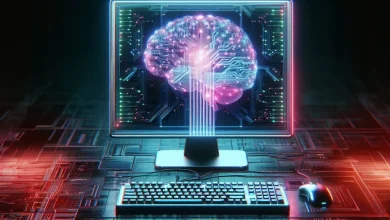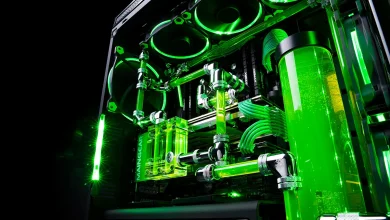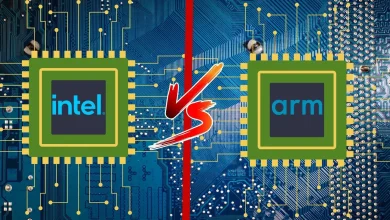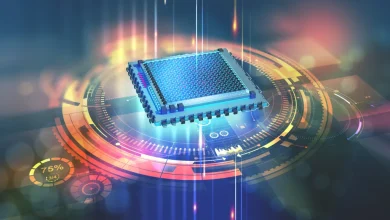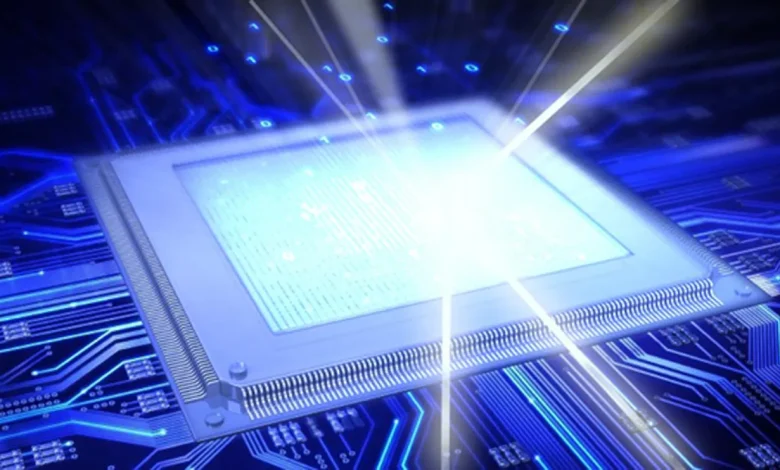
Will Future Computers Run on Light, Not Electricity?
Scientists believe photonic computing may soon replace traditional electricity-powered machines, offering faster, cooler, and smarter tech.
It might sound like science fiction, but photonic computing—using light instead of electricity—is on its way to becoming a real alternative to the computers we use today. Rather than sending electrical signals through wires, these futuristic machines use photons (particles of light) to perform calculations. The result? Potentially faster speeds, less heat, and more energy efficiency.
While electricity-powered transistors have powered digital progress for decades, they’re hitting physical limits. Heat buildup and power consumption are growing concerns as chips get smaller. Photonic computing offers a new path forward by reducing resistance and enabling data to travel at the speed of light—literally.
How Photonic Computers Actually Work
In a photonic computing system, instead of silicon circuits carrying electrons, you’ll find optical waveguides that steer beams of light. These beams are generated and modulated using tiny lasers and advanced materials, like silicon photonics and metamaterials, which allow them to carry information in pulses of different wavelengths.
Because photons don’t generate heat like electrons do, these systems stay cooler even when running complex tasks. They also promise better bandwidth—meaning they can handle much more data at once. This makes photonic computing especially attractive for AI, big data, and high-performance cloud computing, where speed and scalability are everything.

What’s Standing in the Way?
Despite the promise, photonic computing isn’t quite ready to replace your laptop just yet. Building light-based processors at scale is a serious challenge. Photonic chips are currently expensive to produce, and integrating them with traditional electronics requires new designs and tools.
Another issue? Photonic computers aren’t yet good at logic-based operations, which are crucial for general-purpose computing. That’s why researchers are focusing on hybrid models—combining electrical and optical components to get the best of both worlds. For now, photonic computing is being tested in specialized fields, like quantum research labs and AI accelerators.

How Close Are We to Light-Powered Devices?
Good news: progress is happening fast. Researchers at MIT, Intel, and the National Institute of Standards and Technology have built optical switches that move light signals in billionths of a second. Startups like Lightmatter and Luminous Computing are developing chips designed specifically for photonic computing, targeting applications like machine learning and simulation.
We may not have full photonic computing in our homes tomorrow, but experts say we could see commercial use in supercomputers and AI centers within the next decade. And as costs come down, those benefits—speed, efficiency, and lower energy use—could eventually reach everyday users too.
